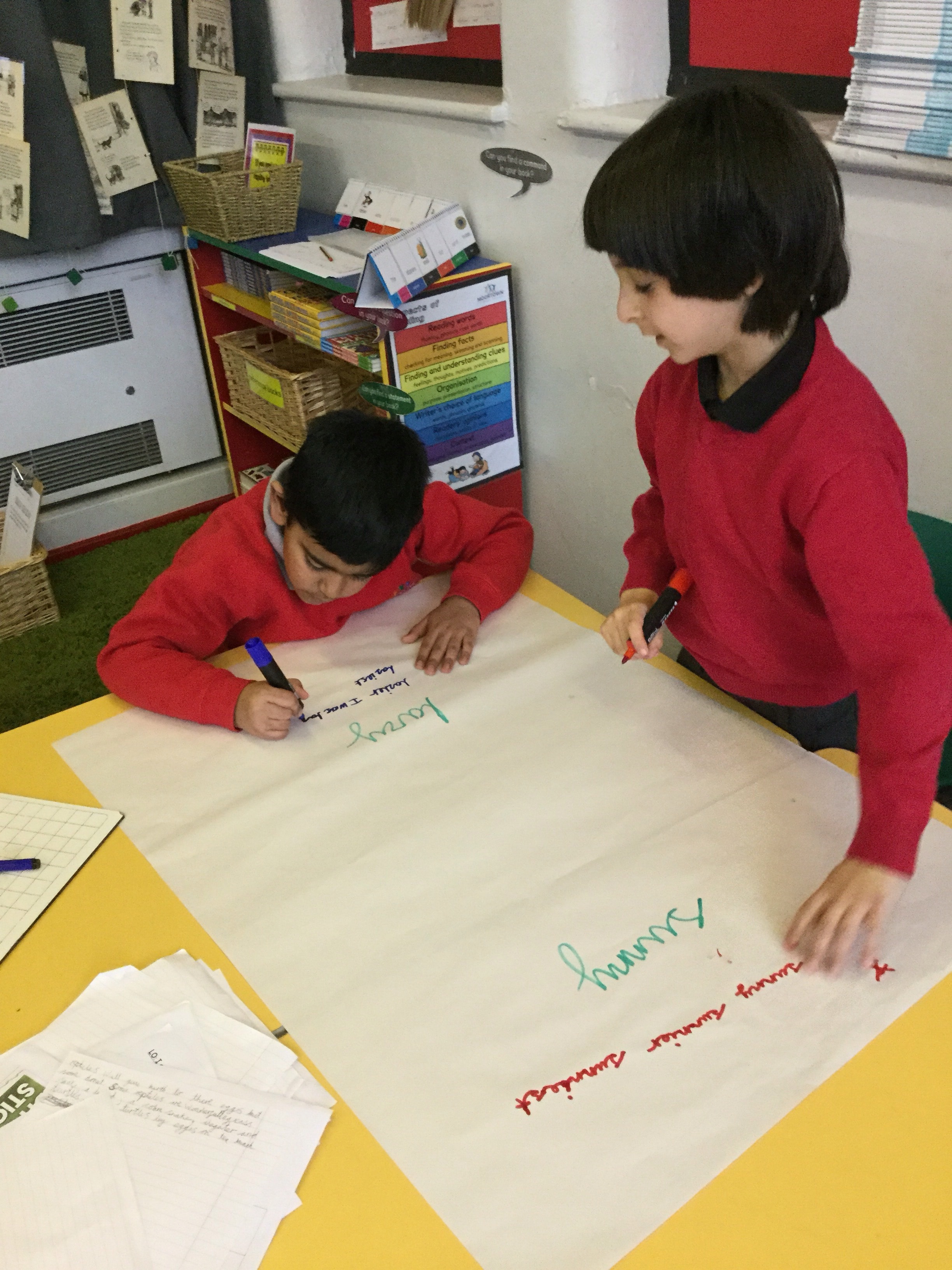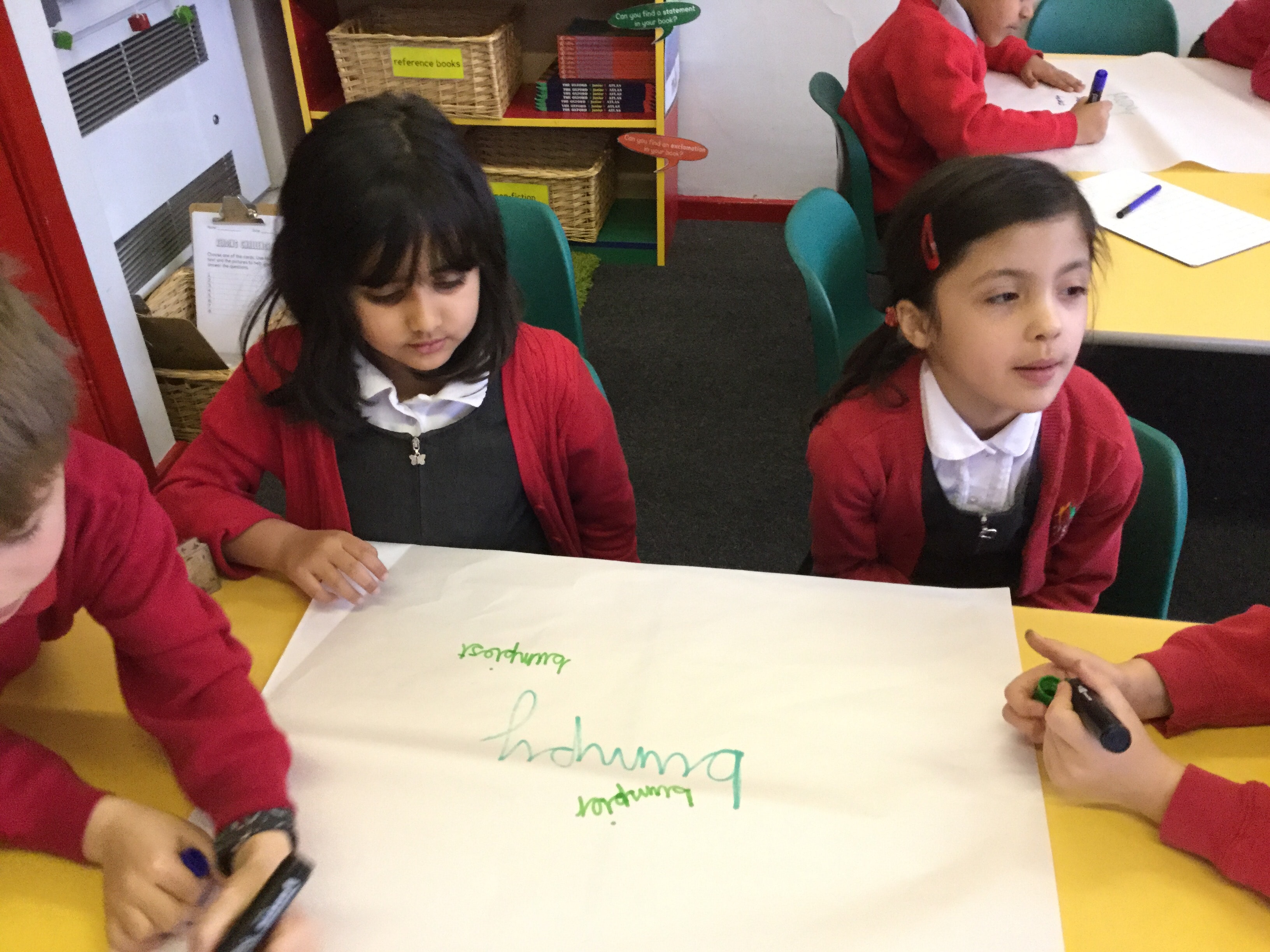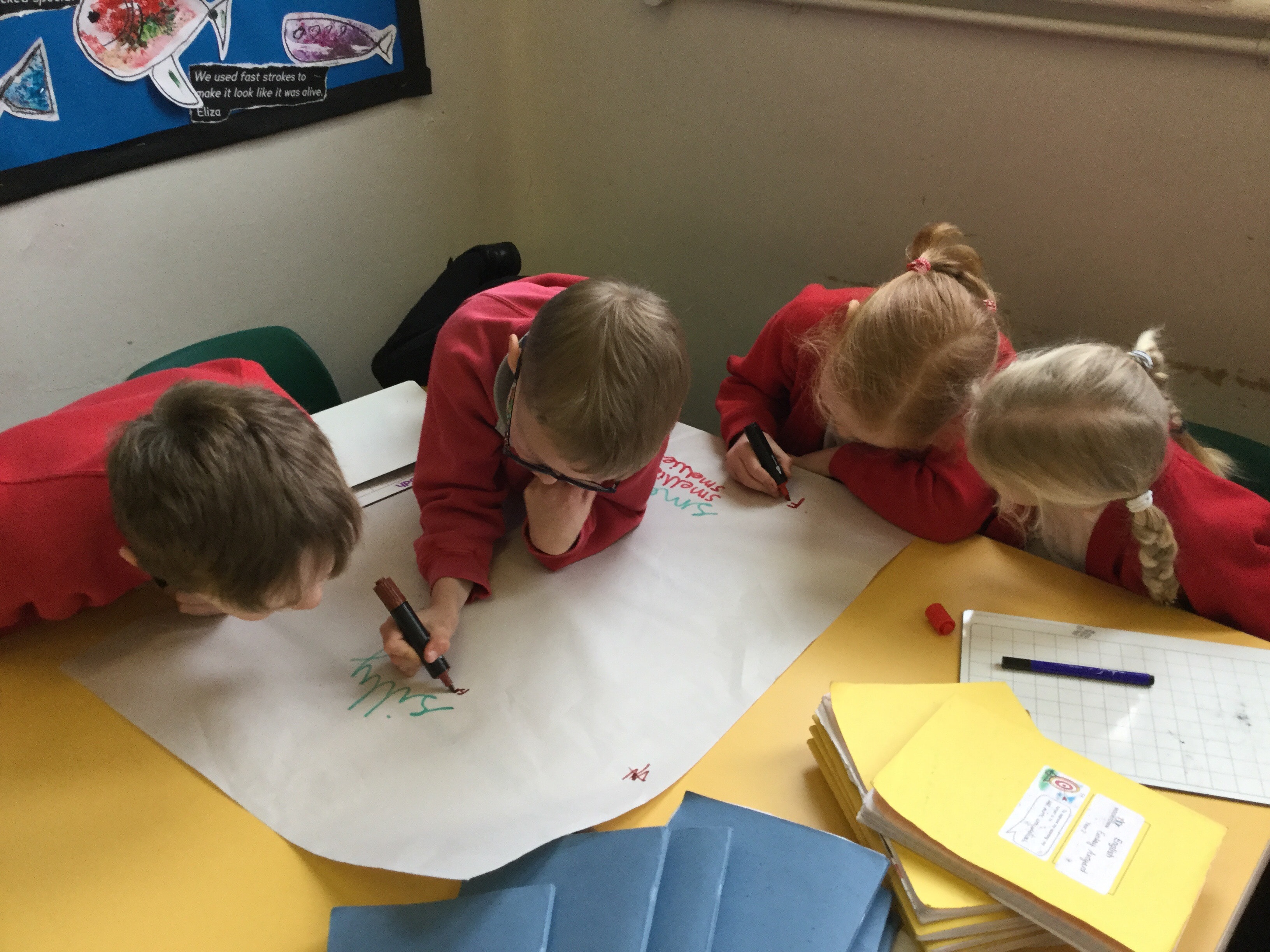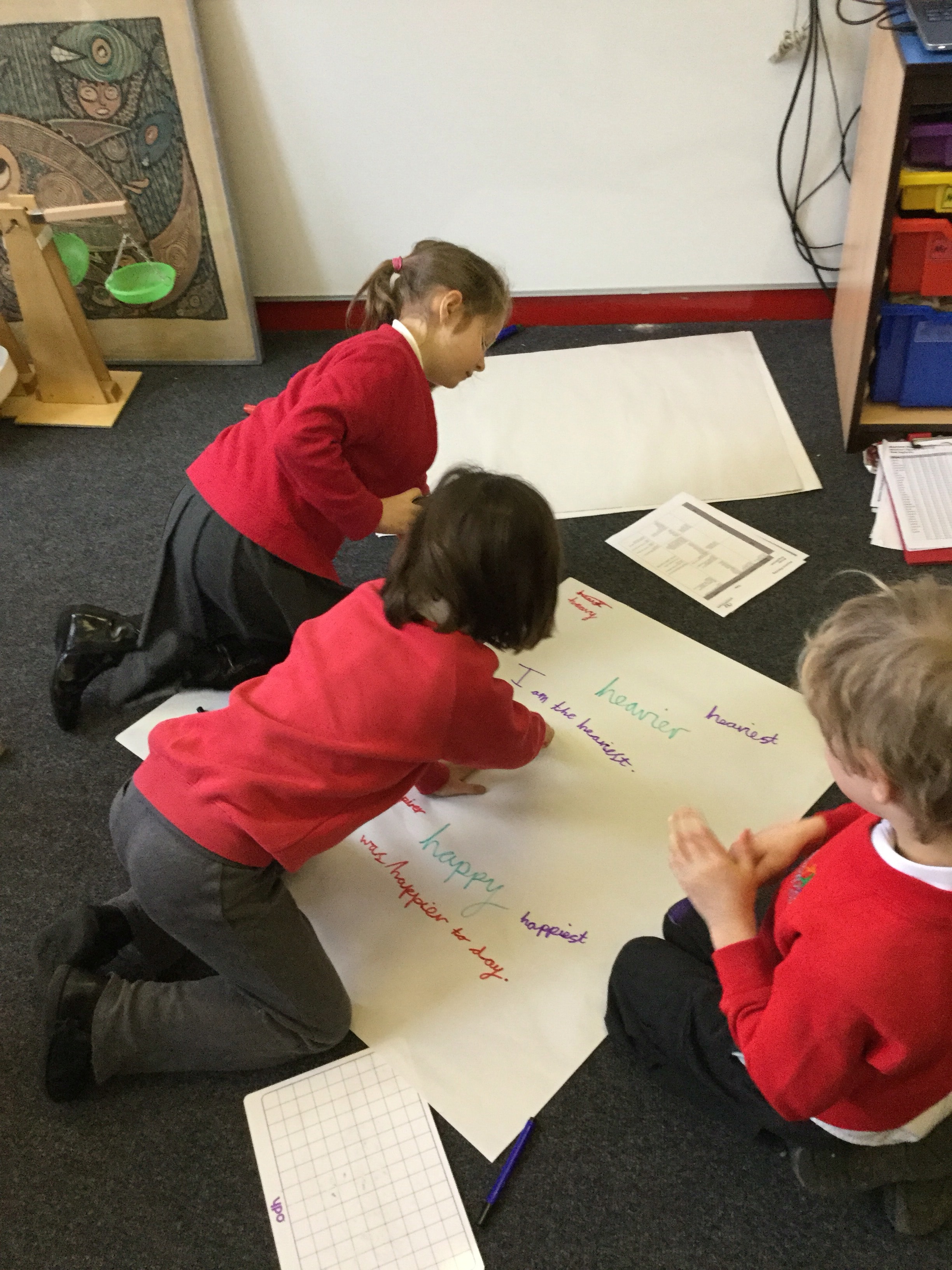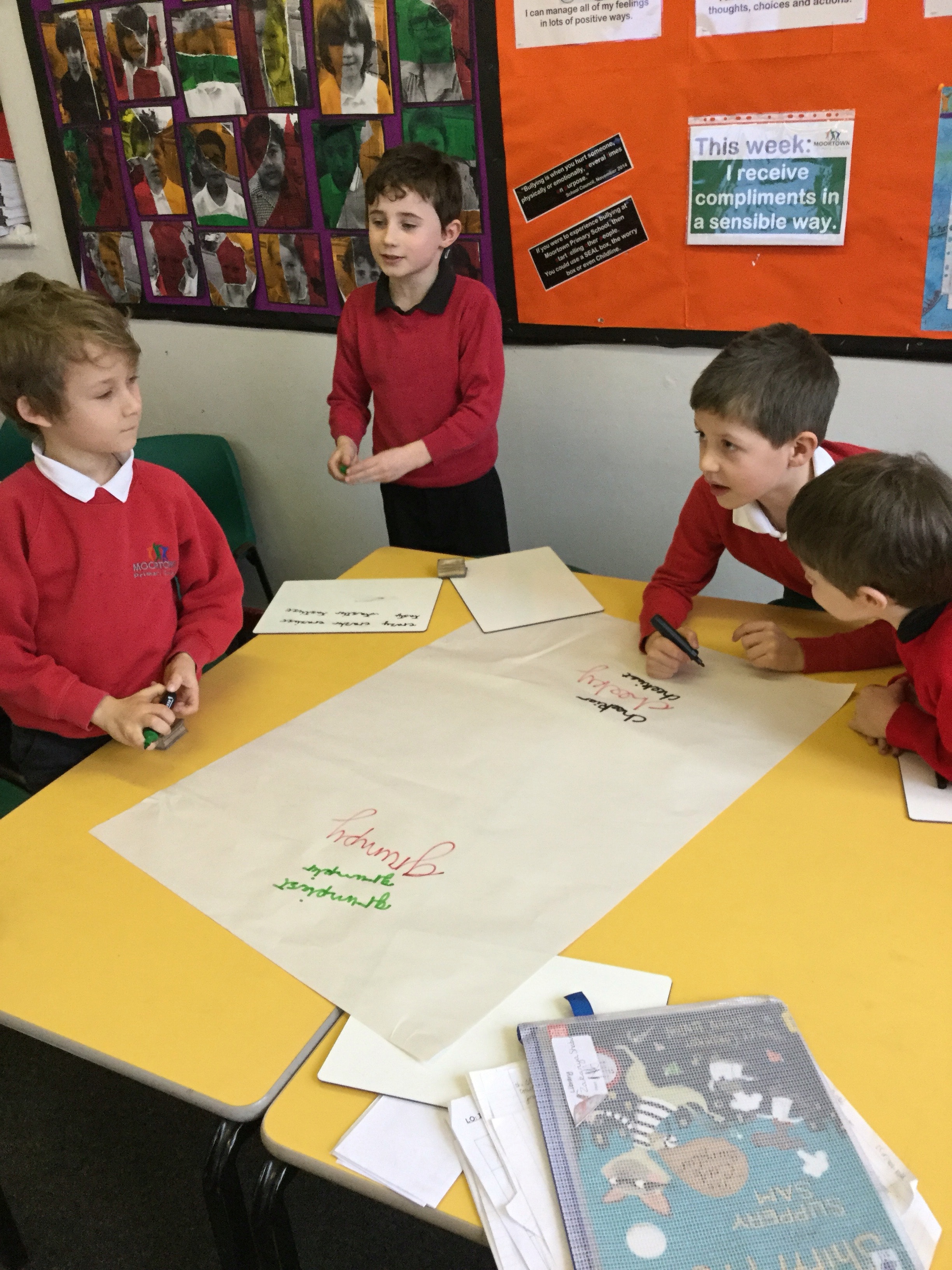School Council elections
It’s was a busy morning at the Moortown Primary School polling station with all classes taking part in our School Council elections. We’ve had a record number of children choosing to stand as candidates including the majority of the current School Council. Candidates prepared and delivered some great speeches to their class earlier this week in preparation for the election.
With a number of very close results, the winning candidates were announced in our assembly this afternoon.
Well done to our new school councillors – we are sure you will represent your class well.
The first meeting will be held after the half term on 01 March and one of the initial decisions to be made will be how we can support Sport Relief.





Measuring lengths
We did lots of measuring lengths today! At the moment, we’re measuring using objects such as cubes, paper clips and straws. So we may say that the green strip of paper below is about 6 paper clips long. Standard units will be introduced in Year 2.
We took our shoes off, drew around our feet and measured how long they were too!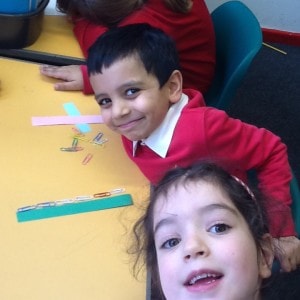
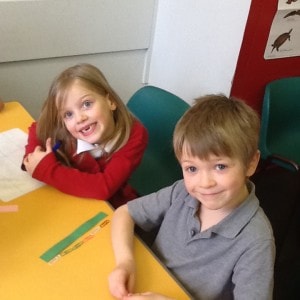
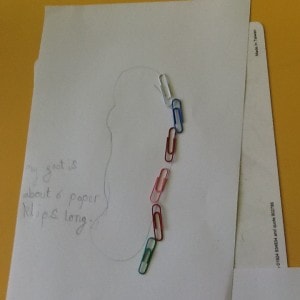
#shareaheart Safer Internet Day
We were discussing and writing about how we can make the internet safer and happier. We know what our personal information is and why we need to keep this private. We know what to do if we come across something we don’t like on the internet and we know how to treat others when interacting on the internet.
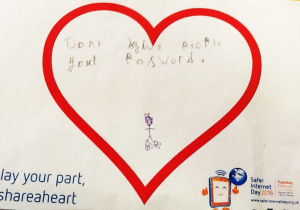
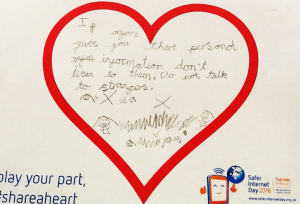
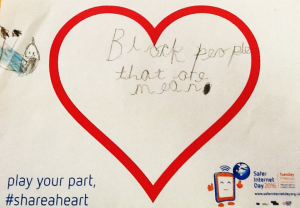
School Council Elections
Following in-class election speeches this week, our School Council elections will take place on Thursday, 11 February. All children have the opportunity to vote at our polling station using the following instructions.
Before voting, please read the following:
- Vote once for one person.
- Place one X only on this ballot paper beside the name of the candidate you have chosen.
- Do not write or mark anything else on the ballot paper; if you do, your paper will be invalid and your vote will not be counted.
- When you have marked the ballot paper, fold the paper and place it in the box provided.

Results will be counted on Thursday and our new School Council will be announced at the end of the day. This will be made up of two children from each class with the highest number of votes.
Good luck to all our candidates.
Phonics fun
We’ve been learning about comparatives and superlatives in phonics this morning. We’ve also been learning about one of our key spelling rules: drop the y for an i.
PE
For our PE lesson on Thursdays, we are enjoying dancing to ‘The Carnival of the Animals‘ by Camille Saint-Saëns. It is a musical suite of fourteen movements where each movement represents an animal. We are learning to dance in response to the music. We know to do heavy-footed movements for the elephant music and not move like dainty butterflies!
This week, we focused on movement. We were thinking about how the different animals move and how we can show this with our bodies. We had fun playing games where we had to guess the animal and did some great dancing! Here are some pictures showing some freeze-frames and our animal movement guessing game!
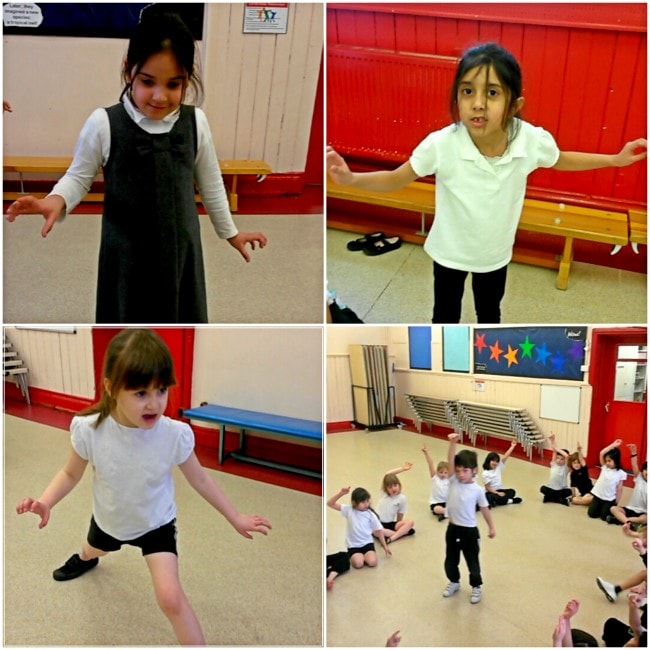
The day the animals came…
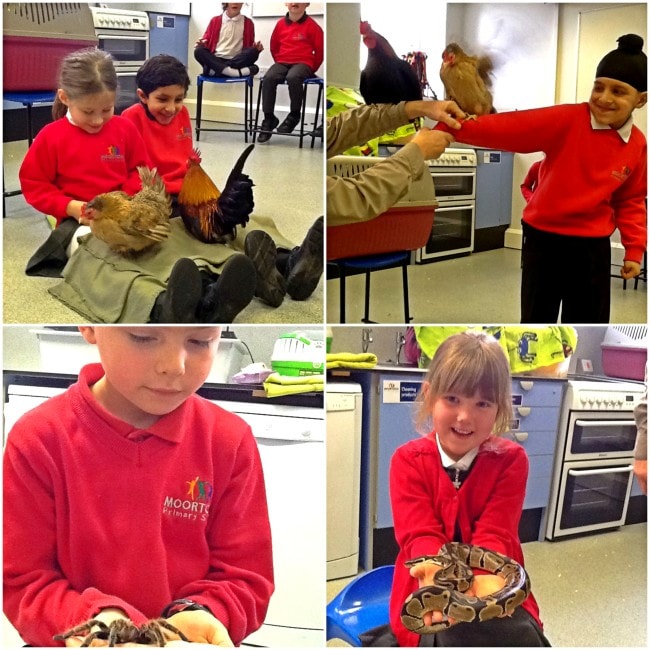
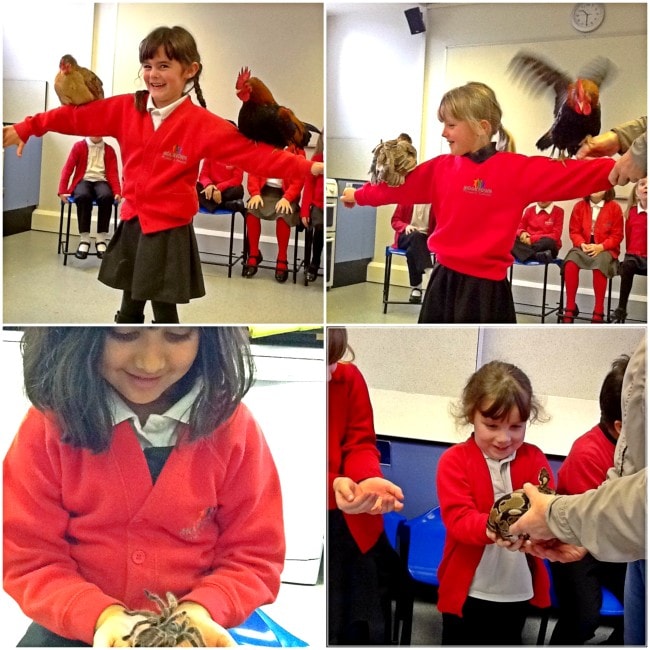
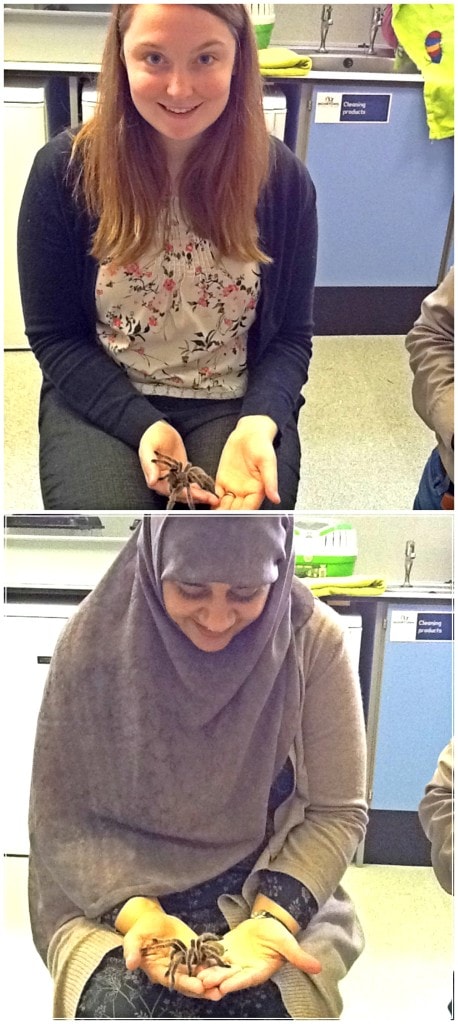
School dinners
Our school dinner menu was discussed by our School Council this week. They also talked about ways to encourage others to try some of the new meals that are on the Spring term menu.
Did you know the menu is available to view on our website and also displayed on our dining room window. This is a good way to make your child aware of what the daily meals are.
The menu follows a three week cycle and it changed on a termly basis.
Here are the options for today.

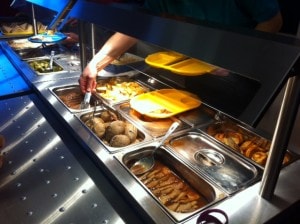

Chinese New Year
Chinese New Year begins on 08 February 2016 and this year it is the Year of the Monkey.
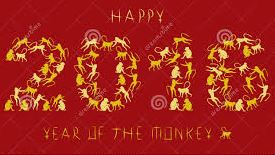
Year 1 found lots of similarities to celebrations that we may experience including spending time with family and friends, enjoying special food, wearing new clothes and sending cards and presents.
- ‘I wear new clothes for Diwali.’
- ‘We give presents for birthdays.’
- ‘We decorate our home when it is Christmas.’
- ‘We have special food when it is Eid.’
The Chinese zodiac follows a twelve year cycle, each of the years being named after an animal. The Chinese believe that people born in a particular year take on the characteristics of the animal associated with that year.
We watched the story of how the order of the animals was decided and the children were encouraged to find out what animal they are.
For Chinese New Year, there are lots of events happening in Leeds if you want to get involved.
Gong Hey Fat Choy!
School Council elections 11 February
Our current school councillors held their final meeting today as we prepare to elect our new school council. This year’s election date is Thursday 11 February.
Children from every class, including Reception, are encouraged to prepare a speech to present to their class as part of the election process. Our whole school homework before the election date (05 February) will give children the chance to plan their speech.
Thank you to our existing school council who have been involved with many decisions and discussions throughout the year. On today’s agenda, there have been discussions around the new school dinner menu, classroom reading areas, e-safety and general suggestions put forward by children in each class. It appears they have enjoyed the role as they all intend to stand again at the elections.
